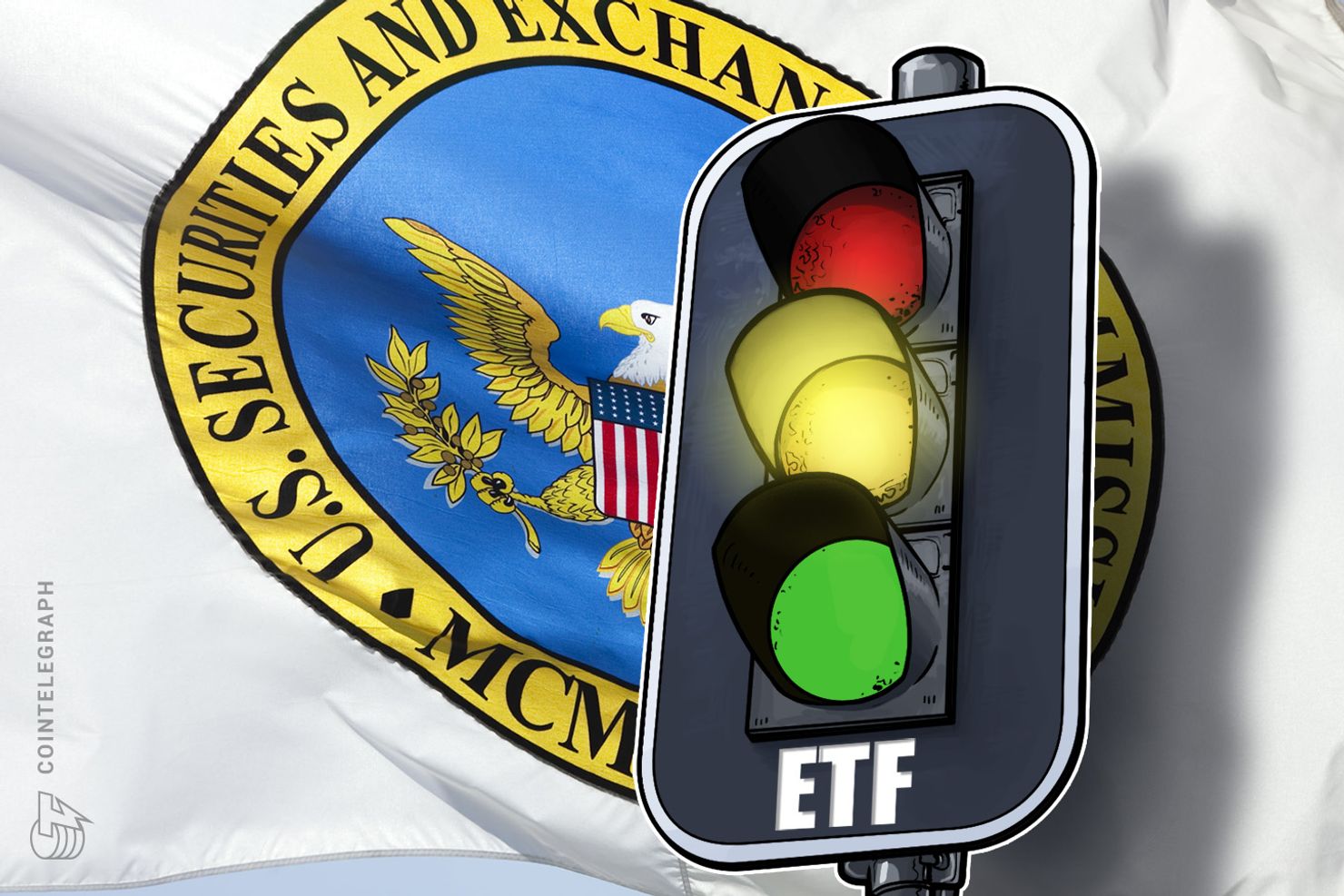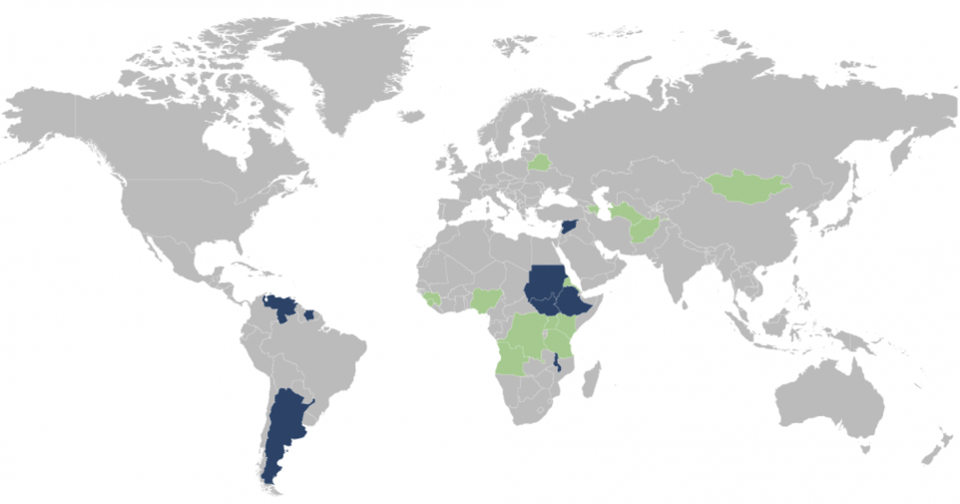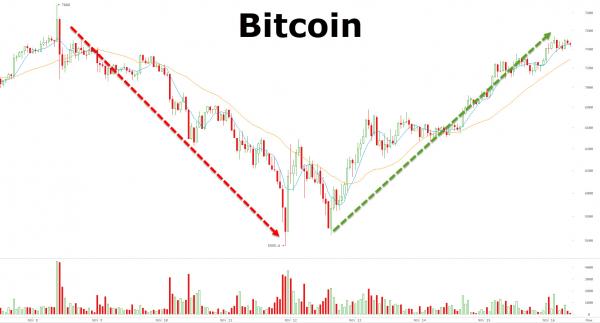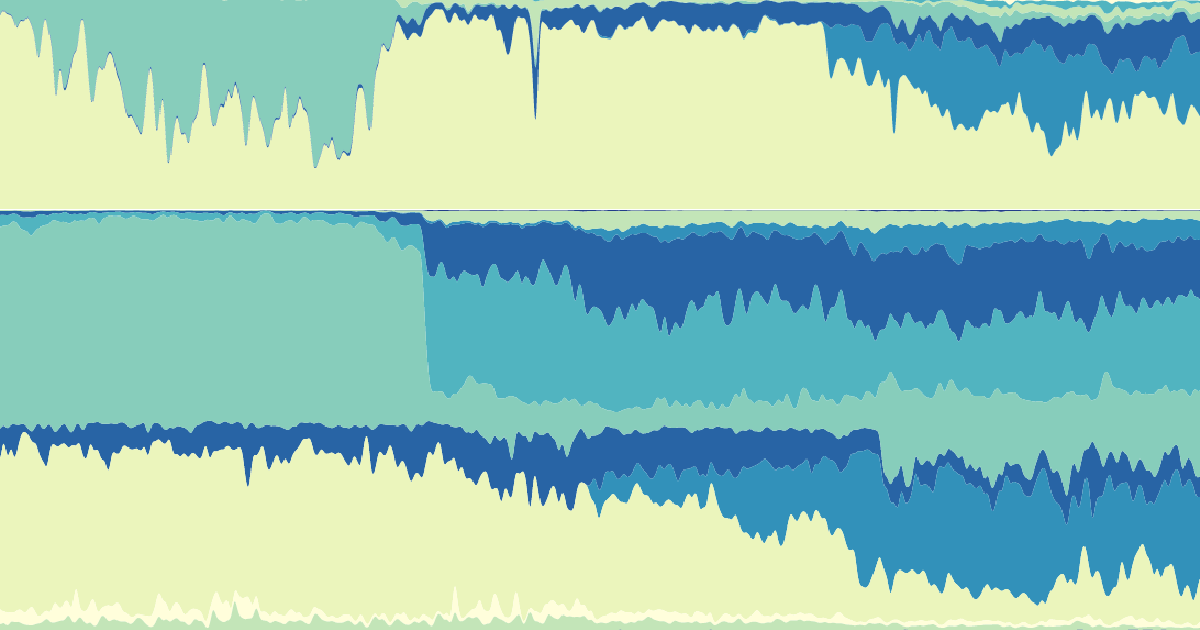Why Financial Regulators need to accept the reality (and usefulness) of Bitcoin for Money Transfer & Remittances.
The Sumerian currency was the cradle of what we call money today. Back in those days, a couple of thousand years ago, the monetary units of the early days took various forms: shell rings, oil jars, bronze & silver rings, clay tablets, etc.
Presumably, this money was used (and accepted) perfectly well amongst the general population at the time. One could barter in any form or manner, it was just that exchanging goods for services and vice versa was a difficult calculation. Goods ‘A’ to Goods ‘B’ exchange was relatively easy to calculate, hence the marketplaces and exchanges that quoted barter prices daily. Goods to Service was slightly more tricky, again being dependent on supply and demand, but was also quoted on smaller, regional marketplaces.
Currencies Come — Currencies Go.
It was the beginning of government sanctioned money, yet private money still dominated. It wasn’t until the late 1600s and early 1700s that the adoption of government issued money was the norm in all the countries of the world.
Take the German Rentenmark as an example. It was short-lived, but served a purpose for Germany during hyperinflation years. It was a brilliant solution by a banker called Hjalmar Schacht. In 1923, he was the Currency Commissioner for the Weimar Republic and was the chief architect behind the Rentenmark to control hyperinflation by basing the value of the Rentenmark not on gold (Germany didn’t have any left then), but on a mortgage on all of the properties in Germany.
The Rentenmark does not exist anymore. Neither does the Italian Lira or the French Franc or the East Indian Rupee (Regal issue). Looking back, it was on 9th December 1991 at a 400 year old Chateau Neercanne, that the idea behind the Euro was conceived. Fifty years prior to that, it was almost inconceivable to imagine a European Monetary Unit.
Remember how the world sprang to life to hoard Iraqi Dinar, rampant speculation of it going up in value post Iraq War? It never happened. That version of the Iraqi Dinar died.
Bottomline: we evolve. Governments evolve. Borders change. Trade evolves.
Currencies come. Currencies go.
That is the peculiar nature of borders and currencies. They are ever evolving.
Here is a semi-accurate list of all the circulating and non-circulating currencies of the world.
Source/More: Bitcoin — Because its time has come! – Banking, Payments & Fintech















